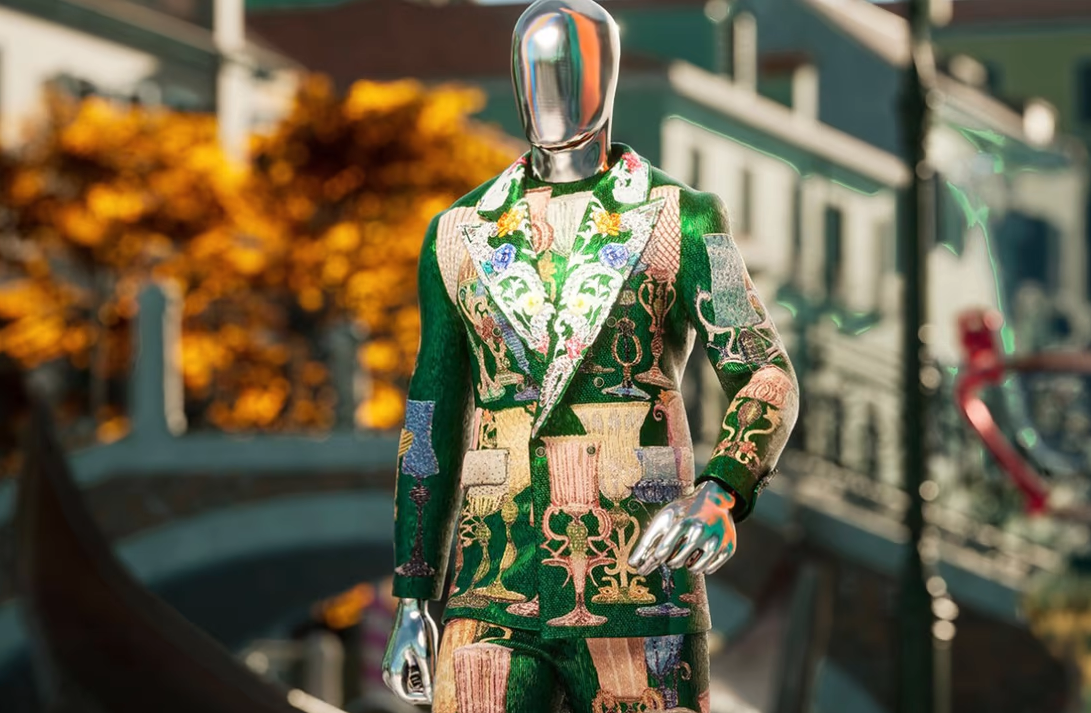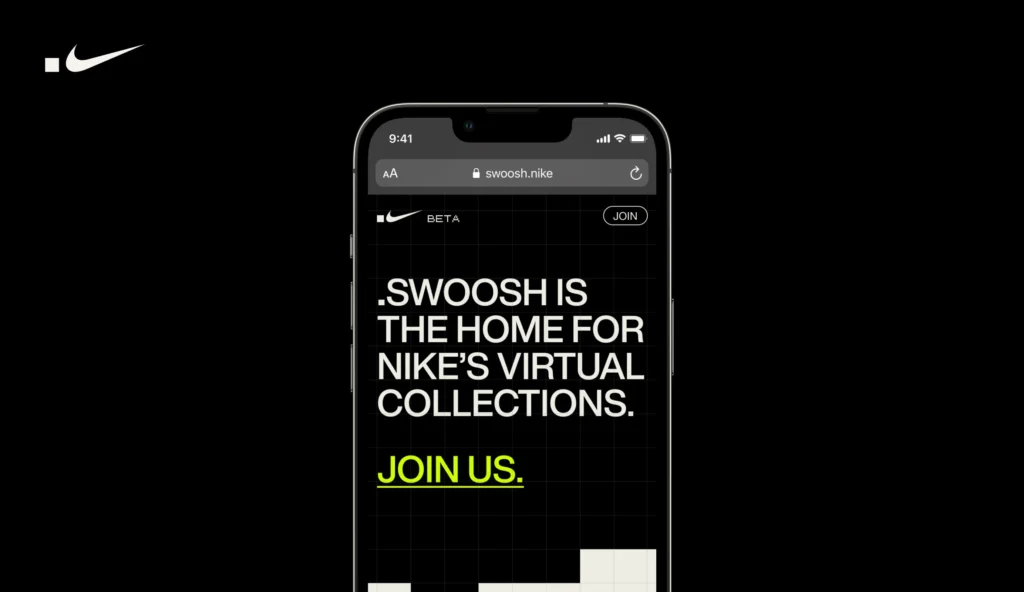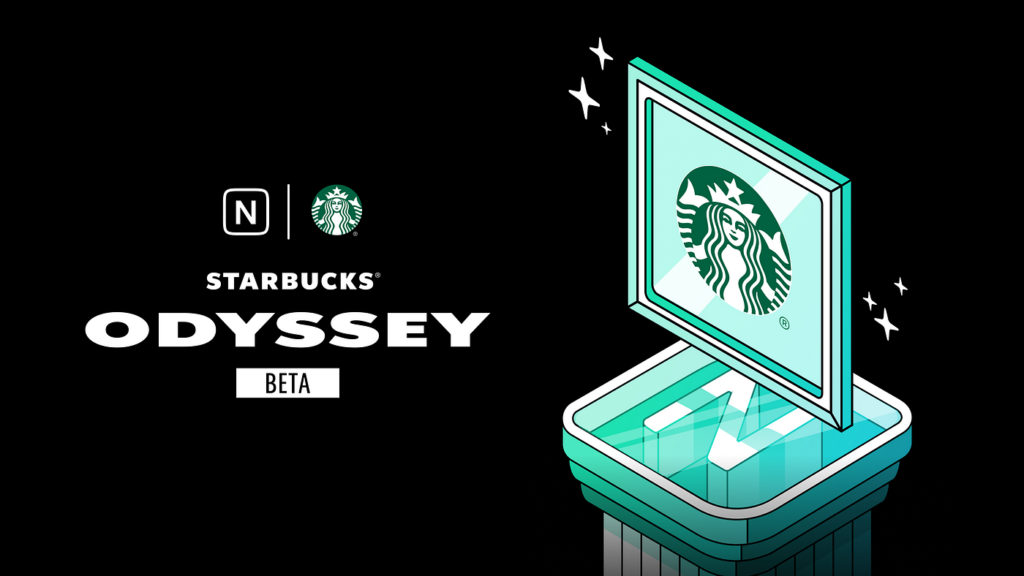
From Loyalty to Ownership: NFTs as Brand Tools
- Blockchain
- October 1, 2025
- 340
Brands have been experimenting with NFTs in more than just digital art drops. Increasingly, they’re using them to deepen customer relationships by giving users real ownership, access, and rewards. Let’s look at how the shift is unfolding, with notable examples and what works (or doesn’t).
Why Brands Want NFTs Beyond Collectibles
Traditional loyalty programs reward spending and repeated behavior. NFTs let brands offer something more: digital assets that customers actually own and control. Because NFTs live on blockchains, they can be bought, sold, traded, or held indefinitely. That means the value of loyalty can carry outside the brand’s own systems.
With that ownership comes responsibility—and opportunity. Brands can attach exclusive content, experiences, or access to NFTs. They can let communities co‑create products, vote on releases, or stake for rewards. The key is utility: making the NFT more than a piece of art.
Nike and the .Swoosh Platform
Nike has leaned hard into this shift. After acquiring the NFT studio RTFKT, Nike launched a Web3 platform called .Swoosh. On .Swoosh, users can trade virtual wearables and collectibles. The platform is invite‑only in beta, but it already allows customers to co‑create digital products, earn royalties, and blend physical and virtual offerings.

One of the early collections on .Swoosh was OF1, where users had the chance to collaborate on shoe designs. Nike’s strategy ties digital wearables to real products and community participation. Rather than just sell NFTs, it gives people a stake in the brand’s future virtual ecosystem.
Starbucks’ Odyssey Experiment and What It Taught
Starbucks tried an NFT‑powered loyalty extension called Odyssey. Members could complete “journeys”—like quizzes or educational content—to earn digital stamps as NFTs, then redeem them for benefits like merchandise, classes, or experiences.

However, Starbucks eventually decided to sunset the program. The closure showed that blending NFTs into customer rewards is not simple. The challenge was making the experience intuitive and compelling enough for everyday customers—not just NFT enthusiasts.
Other Notable Uses and Variations
Some brands are blending NFTs with events and access. For example:
- Musicians: Kings of Leon released an NFT album that included perks like VIP concert experiences. Other artists have used NFTs as tickets or backstage passes, giving fans digital collectibles with real-world access.
- Fashion brands: Gucci offered NFTs that unlocked access to exclusive physical items, linking digital ownership with limited-edition fashion pieces.
- Gaming publishers: Ubisoft introduced in-game items as NFTs through its Quartz platform, while Gunzilla Games is building a marketplace for players to trade NFT-based gear in Off The Grid.
In each case, the brands are trying to turn passive users into engaged owners—with a share in the experience.
What Makes NFT Loyalty Work
Here are some patterns seen in the more successful efforts:
- Clear utility: The NFT must offer something meaningful—access, voting, experiences, discounts—not just status.
- Simple UX: Users should not need deep blockchain knowledge. Wallets, minting, transfers must be seamless.
- Community and co‑creation: Letting users contribute to designs or decisions boosts engagement and retention.
- Blend of digital and physical: Connecting virtual assets with real products or events makes them more tangible.
- Gradual rollout and testing: Start with restricted access or beta, iterate with feedback, then expand the platform.
Risks, Pitfalls, and What to Watch
Even with promise, NFT loyalty comes with dangers:
- If the NFT fails to maintain value or utility, users may lose interest or feel betrayed.
- Technical complexity and blockchain friction (wallets, transaction costs) can alienate mainstream consumers.
- Regulatory and tax implications—NFTs as rewards or assets may trigger issues depending on jurisdiction.
- Brand reputational risk if the program is discontinued or mismanaged.
Will NFT Loyalty Become Mainstream?
The jury is still out. Brands like Nike are pushing forward in a thoughtful way, mixing community, utility, and ownership. Others, like Starbucks, tried and paused, showing how experimental this field remains.
If executed well, NFT loyalty programs can shift how brands and users relate—turning passive customers into engaged participants who carry value beyond any single transaction.



